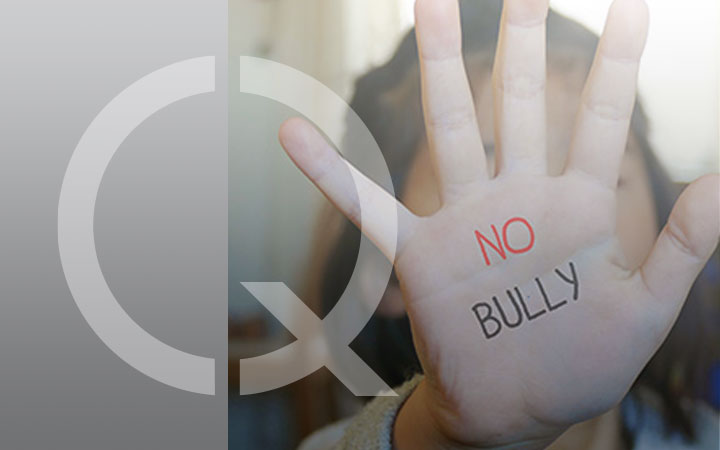
WHAT IS THAT
The UNI Reference Practice 42 is a certifiable para-normative document, born from the collaboration between UNI and ACCREDIA, which addresses the issue of bullying in schools of all levels and in all activities similar to schools (for example, vocational training centres, day centres, boarding schools, youth centres, sports centres, recreation centers and so on) and, in general, to all organizations aimed at minors.The adoption of the reference practice is important for identifying the risks to which minors are exposed and ensuring operational management capable of eliminating and/or reducing them , also taking into account the legal risk for the various operators who work in contact with minors.
The application of the practice and any certification , in fact, makes it possible to demonstrate, even in the event of a dispute, the commitment and measures put in place to prevent this risk and to demonstrate the due diligence of the school management.
It can also represent a discriminating factor for parents in choosing the school to entrust their child to, which certainly recognizes a value in the commitment to manage this phenomenon.
According to the practice, every year the school must define the actions it plans to activate to improve the ability to prevent and combat bullying.
The plan , adopted in the first weeks of the school year, must contain measurable objectives such as:
- number and outcome of legal actions brought by families against the school or its employees for bullying
- number of complaints about bullying incidents
- percentage of positive responses to anti-bullying questionnaires
- percentage of participation in voluntary anti-bullying awareness activities
KEY POINTS
Pdr 42 defines the characteristics for a management system for the prevention of bullying risk in structures intended to welcome minors.The approach to risk prevention is the classic one based on the PDCA (plan-do-check-act) model and involves the following steps:
- definition and dissemination, by the school or the different organization that applies the practice, of an "anti-bullying policy" with the clear assumption of the commitments undertaken towards the users in order to prevent and combat bullying
- preparation of a "supervision plan" within the school environment or the different organization that applies the practice, able to guarantee the constant and correct supervision of minors, also in relation to the different age groups
- preparation and annual updating of a "bullying risk assessment" document, taking into account the results of a preliminary analysis of the reference context, the territory in which the school or non-school organization that applies the practice operates, the type of user, the age group of the minors, the statistics of the last period (at least the last three years) referring to bullying events
- periodic definition of an "anti-bullying plan" consistent with the results of the risk assessment and aimed at promoting both the prevention and the fight against bullying phenomena
- communication to users and all other interested parties of the actions taken to ensure the prevention and fight against bullying, according to the principle of "transparency applied to bullying"
- definition of an "anti-bullying sanctioning system" , which provides for adequate rules of behavior and related sanctions (in compliance with local laws) towards minors who commit acts of bullying and cyberbullying
- definition of a "procedure for the identification and management of critical issues relating to bullying" , aimed at allowing all interested parties to report, even in confidential form, relating to possible acts of bullying and monitor the measures implemented to prevent or manage the critical issues
- appointment of an "Anti-bullying Commission" representing all interested parties, including minors and parents, with the task of verifying effective compliance, by the school or non-school organization that applies the practice, with the commitments undertaken against bullying and guaranteeing the prevention of bullying, the monitoring of the organization's behavior with respect to bullying and the fight against bullying phenomena that have actually occurred
- adoption and periodic updating of an "anti-bullying training plan" , to ensure training, updating, involvement and awareness of all components on bullying
- periodic performance of "anti-bullying audits" , both in a scheduled and unannounced form, in order to identify any critical situations and verify the status of the planned anti-bullying measures, as well as to monitor the status of relational quality within the organization, with specific reference to the attitude of the context to prevent and combat bullying
ADVANTAGES
The Guideline supports schools and educational services aimed at minors for:- effectively and systematically apply the provisions introduced by the recent law on cyberbullying
- identify the specific risks of bullying existing within the educational service, also taking into account the local and social context of reference
- obtain independent third-party certification on the effectiveness of the implemented anti-bullying measures
- effectively communicate their anti-bullying strategies externally
- strengthen the trust of families and society in the educational service
- promote a multidisciplinary approach to combating bullying